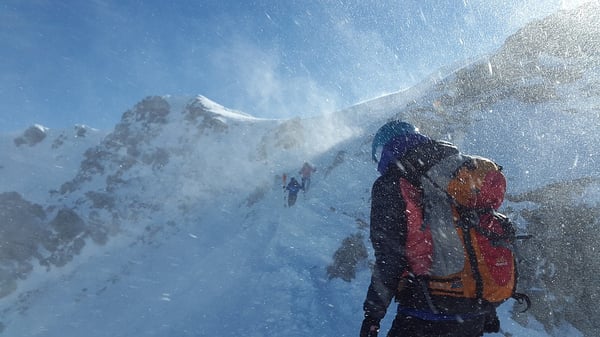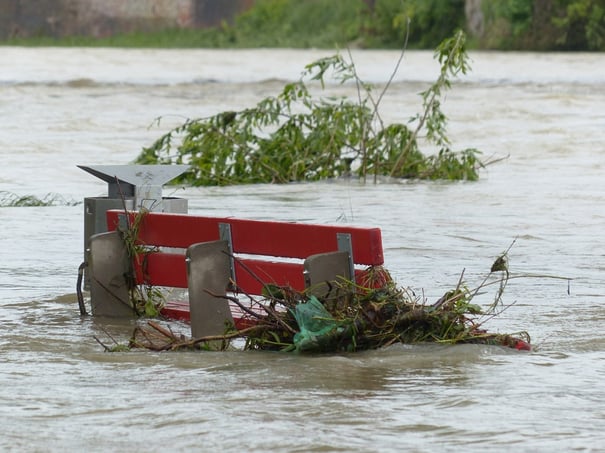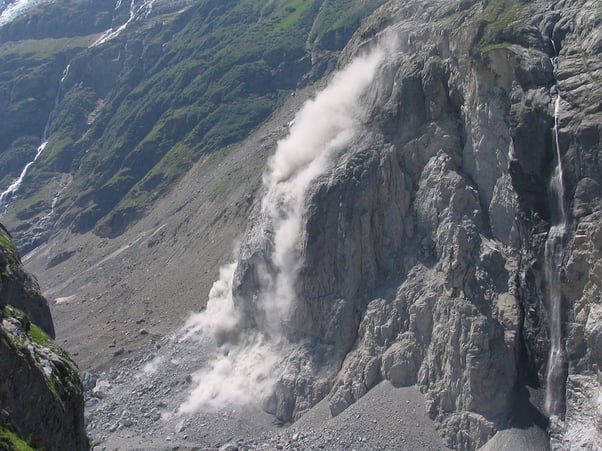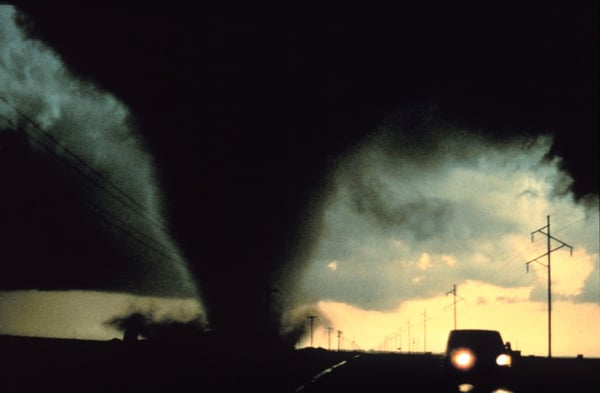3 min read
6 Types of Weather to Think About During Event Risk Assessment
![]() Cecile Garcia, Operations Manager
:
Sep 26, 2019 5:27:50 PM
Cecile Garcia, Operations Manager
:
Sep 26, 2019 5:27:50 PM
When outdoor events are upset by extreme weather, safety and preparedness are key. Trail races, outdoor festivals, and obstacle courses can have participants scattered over a large area. Prepare ahead of time on how to execute evacuations and immediately respond to changing weather conditions.
Days before the event, monitor the weather with a weather monitoring app such as Weather Tap. Keep an eye out for any warnings, watches, or advisories that are issued. These include high heat index (greater than 105 degrees), tornado, flash flood, thunderstorm, aviation (lightning strikes), fog, and winter weather notifications. In the event of an emergency, adjustments can be made for some of these warnings that will keep the event going. For instance, high heat index requires more cooling stations while fog requires more volunteers watching courses for injured participants.
However, other extreme weather incidents should precipitate large-scale action to close the event and get everyone to safety.
In these situations, take immediate action by pulling everyone off of race courses and back to shelter. Account for everyone. If people are missing, find out their last known locations. Contact rescue authorities. How do you deal with specific weather events? Continue below for more tips.

Hurricanes
A hurricane is easy for weather monitoring services to predict. If a hurricane warning or watch is issued in your area, the best course of action is to cancel the event. Even if the brunt of the hurricane does not pass through your area, thunderstorm conditions may still occur.
 Winter Weather
Winter Weather
Winter weather is trickier. While blizzards can be predicted sometimes, whiteout conditions can still occur when a light snow was anticipated. Whiteout conditions occur when snowfall, blown snow, or fog obstruct visibility to the point of not being able to navigate. If a blizzard advisory is issued, cancel your event.
When light snow is predicted, place more volunteers on any race or obstacle courses to direct participants so that they stay on course. However, if snowfall becomes heavier, issue an alert to the event staff and medical team. If your event has multiple races, place a delay on the beginning of any new races. Stop any new people from going on the course. Direct participants already on the course to track back to the main staging area.
Use UTV utility terrain vehicles (UTVs), which are two-seater or four-seater vehicles that have cots on the back for medical transport, to get the word out and to carry back any participants who cannot get back on their own. Cancel the event for the remainder of the day or if snowfall is already too heavy, wait out the storm and set up shelter and warming areas.

Flash Floods
Monitor for flash flood warnings in the county or parish your event is located in. If one occurs, close low-lying areas of your event immediately. Direct participants to higher ground. Do not allow participants to walk through water; however, if it is necessary for survival, travel through water that is not moving.

Mudslides/Rock Slides/Avalanches
If there’s a concern that mudslides, rock slides, or avalanches will occur in your location (due to snow melt, recent rains, etc.), redirect the course away from the area. If one happens during your event, move participants to high ground. If people are in the way of a mudslide, direct them to run away from it in the opposite direction - not along its path.

Tornadoes
If a tornado watch or warning is issued, transfer everyone to a solid structure. Do not use a tent. If a solid structure is not available, move to safe zones such as ditches and under bridges. Everyone should take a modified crash positions - they should get down on their knees with their heads down and forward. Their hands should be over their heads.
 Earthquakes
Earthquakes
When an earthquake happens, move participants away from anything that can fall on them. Move to open areas and stay away from trees. If the course is in an alpine location, find a stable part of the terrain - direct people against a mountain wall to avoid falling debris. Use the modified crash position in this situation as well.
After any of these extreme events, remember to account for all participants and contact local authorities for assistance in rescue and recovery.
Check out our blog posts on sunny days and thunderstorms for more weather-related information. If you have any more questions on how to address extreme weather during your event, email us at safety@joffeemergencyservices.com.

